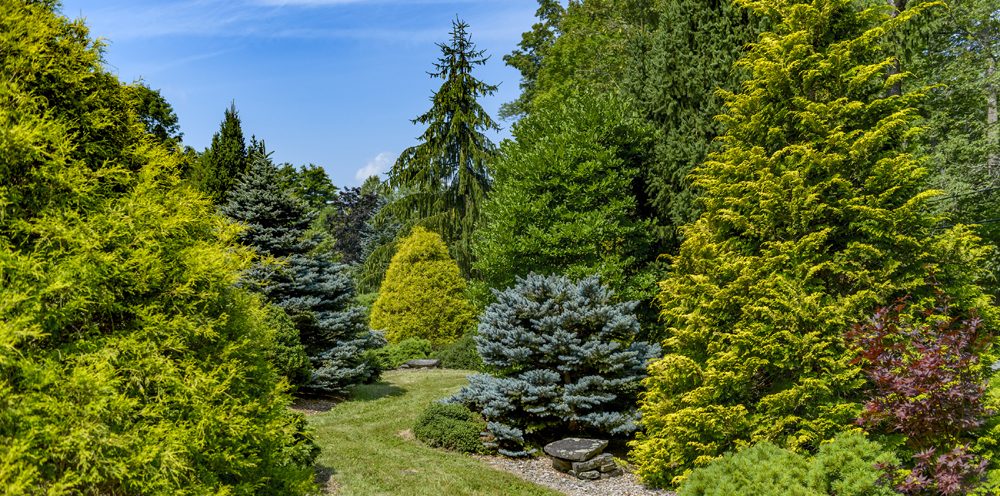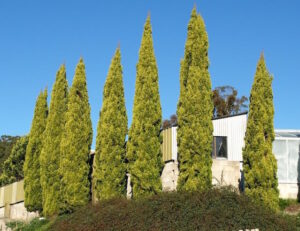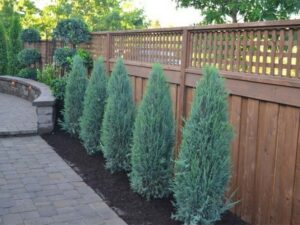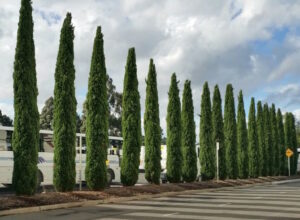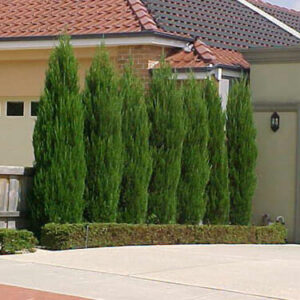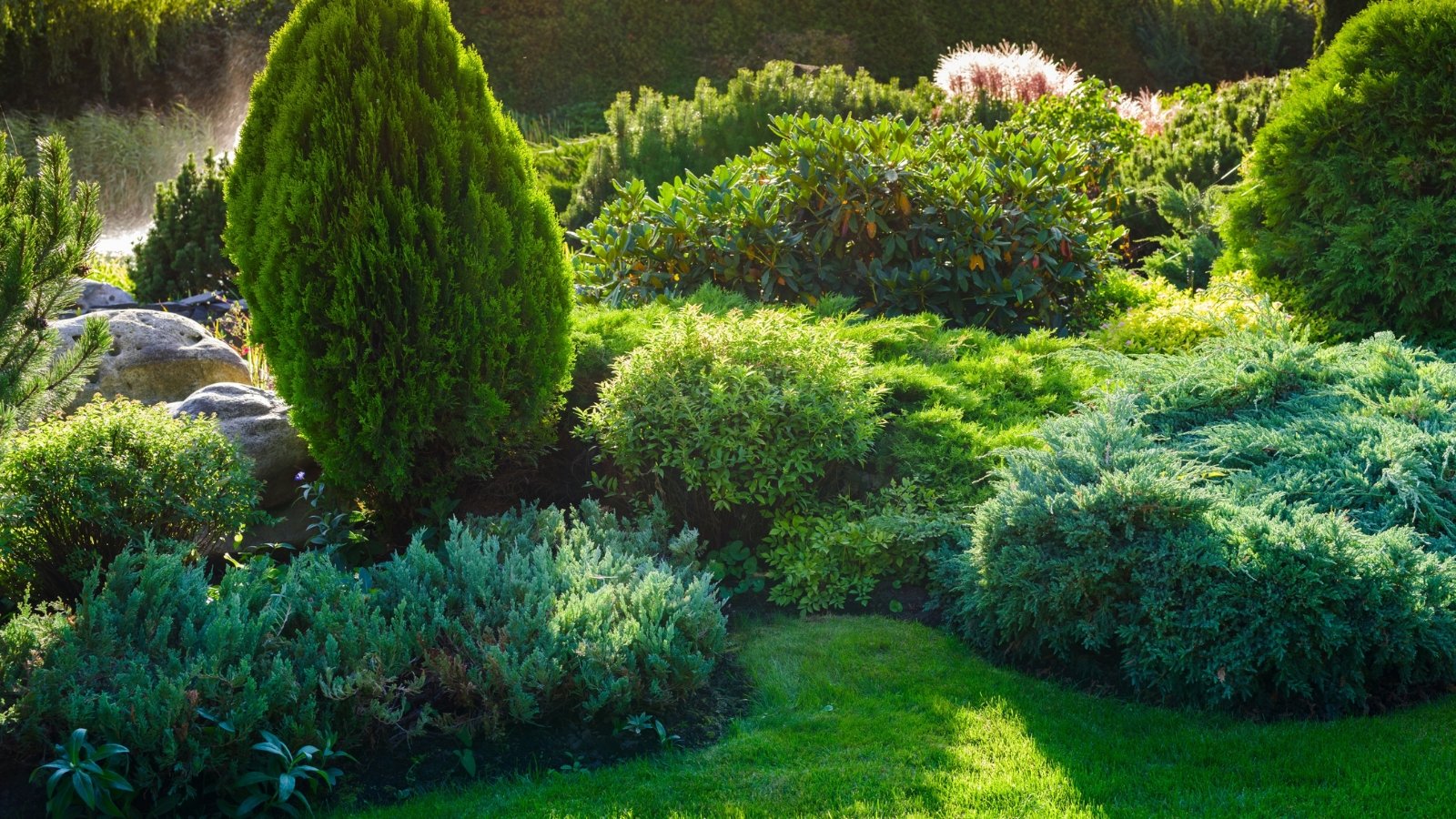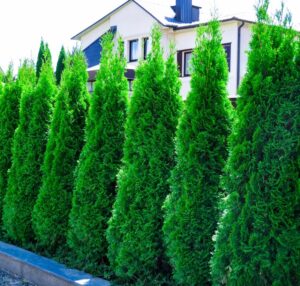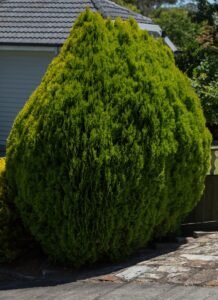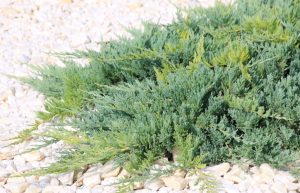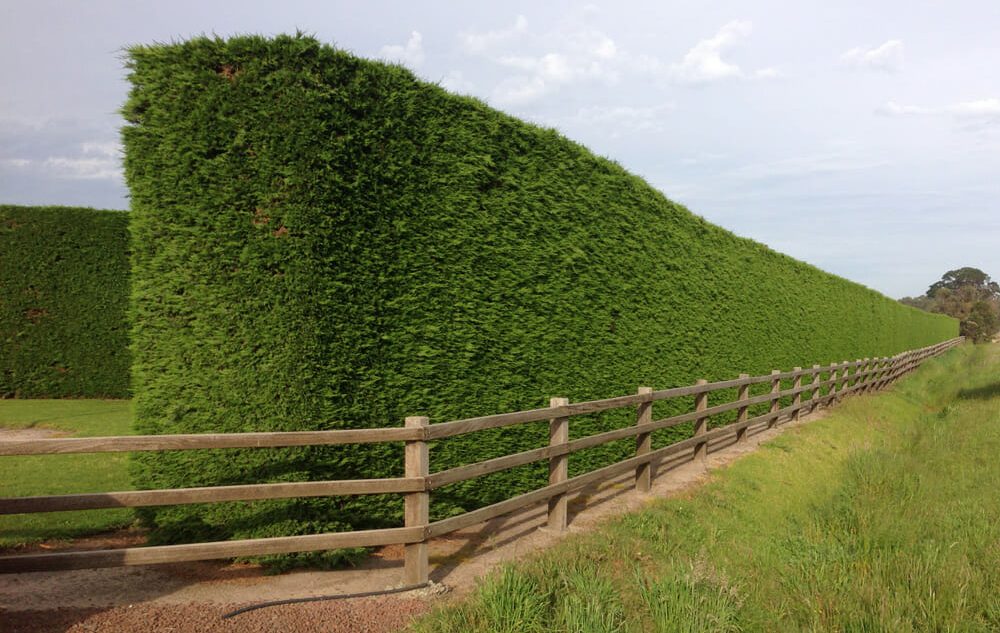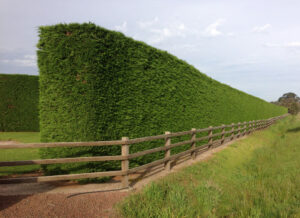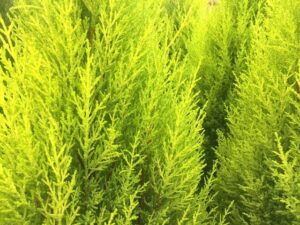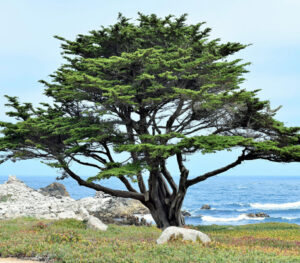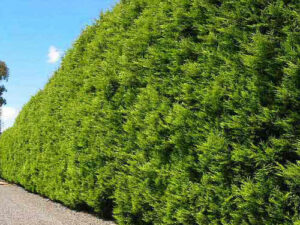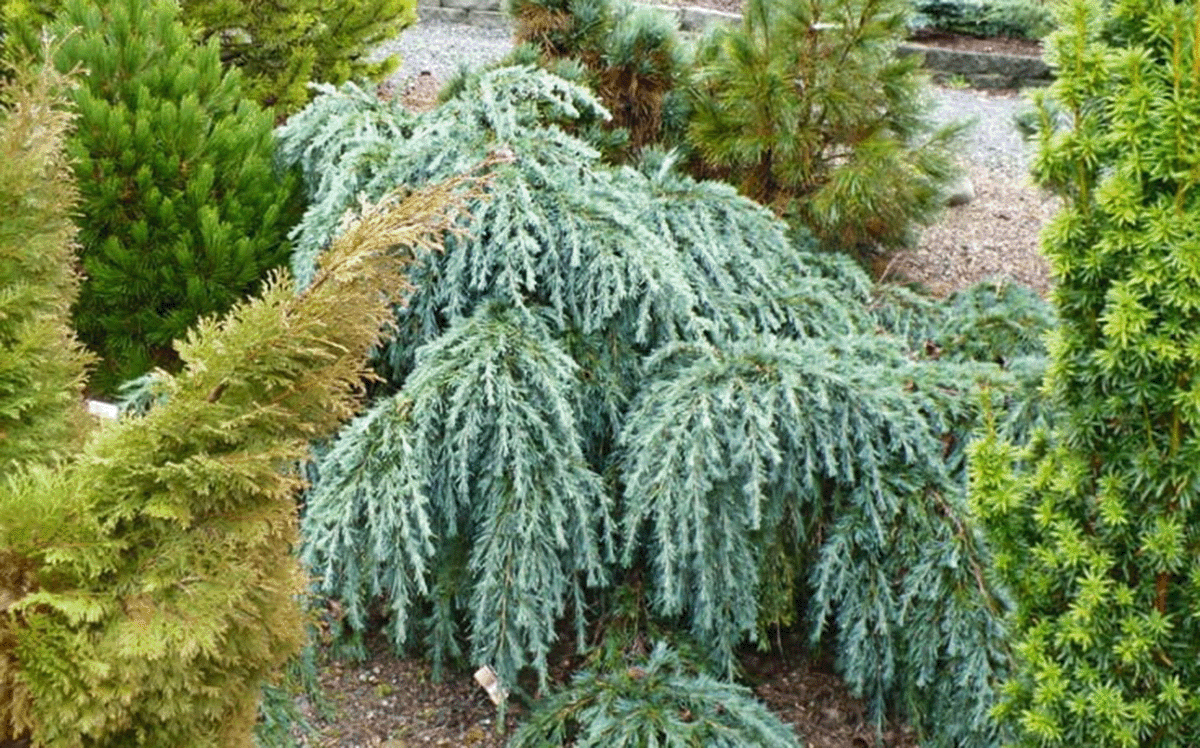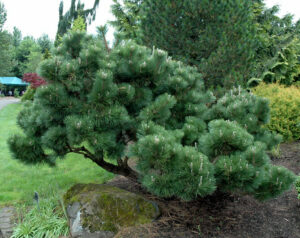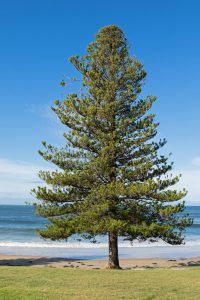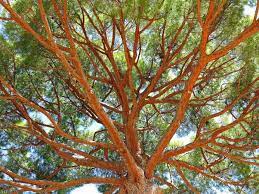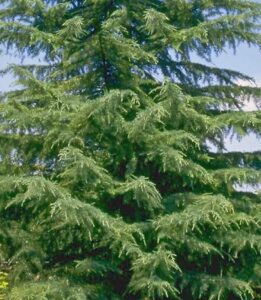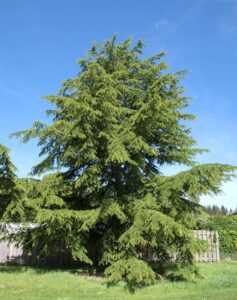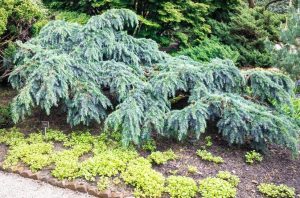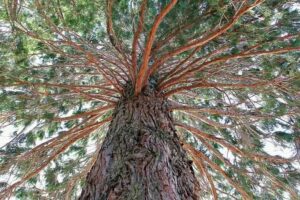
Don’t Get Conned by Conifers
Now we’re not talking about your uncle Richard emailing you that he urgently needs $500,000, but rather how many people choose the wrong Conifer for their garden. Slight difference.
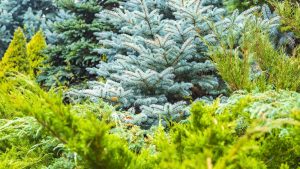 You may think you’re getting a cute little Conifer and next moment it has taken over your yard and kidnapped your kids for ransom. Okay maybe not that last part. But there are so many cases where people have a monstrous Conifer towering over their suburban home, or farmers have puny dying Conifers in the yard. When you don’t have the gardening knowledge, it can be really hard knowing what Conifer is right for you.
You may think you’re getting a cute little Conifer and next moment it has taken over your yard and kidnapped your kids for ransom. Okay maybe not that last part. But there are so many cases where people have a monstrous Conifer towering over their suburban home, or farmers have puny dying Conifers in the yard. When you don’t have the gardening knowledge, it can be really hard knowing what Conifer is right for you.
 Especially when there are SO many different types of Conifers that all grow to different sizes and shapes. At Hello Hello we have around 40 different types. Some are really tiny, and you can keep them in nice pots. But some are gigantic and best suited for farm life. It’s all about choosing the right Conifer for the job.
Especially when there are SO many different types of Conifers that all grow to different sizes and shapes. At Hello Hello we have around 40 different types. Some are really tiny, and you can keep them in nice pots. But some are gigantic and best suited for farm life. It’s all about choosing the right Conifer for the job.
Today we’re going to break down the best Conifers for different types of application, including:
Conifers for Large Gardens
Pencil Pines are tall, skinny Conifers that are best for large gardens where you are wanting a focal point. Plant them as an avenue, where you could have them lead up to an even greater feature at the end of the garden. If planted close enough together, they also make an excellent narrow hedge.
These are some of the best types:
Swanes Gold is a lovely, neat shape with golden-green foliage. It doesn’t grow very quickly and keeps that nice tight shape forever. It grows to about five metres in height in ten years. They love full sunlight or partial shade.
Blue Arrow has a very elegant look and is the best option for keeping really narrow and tight as it won’t grow too big. It trims up beautifully and has blue-green foliage. Once established, Blue Arrow is hardy and drought tolerant.
Glauca Pencil Pine is absolutely fabulous – tough, fast-growing and requires minimal maintenance. Yet even though it grows like crazy, it still stays neat and tight.
The dark green towering column grows to about nine metres tall. Glauca is the one we recommend for people that don’t want to be climbing up ladders and using all this special equipment to trim it and keep it looking nice. Especially for people who are a bit older but still want something tall to block out other units.
Where a hedge needs trimming, the Glauca Pencil Pine will shoot up nine metres very quickly and only stay a metre wide. Best of all, you will never have to get up and trim it. Glauca is also a fabulous avenue option on a farm or big space.
Then there is Spartan, which some people wouldn’t call a Pencil Pine, but we like to say is a fat Pencil Pine. Just like the warriors, Spartan is very tough – it doesn’t need much water or good soil. Yet, it is still such a fast grower, ending up at about six metres tall and 1.2 metres wide.
Spartan is excellent as a windbreak, dust/dirt screen and sound block because of its thick foliage. For example, if you live near a railway line or freeway and want to block off some of that noise, you are not going to want a hedge, but rather something dense like the Spartan. Similarly, if you live on a dirt road, Conifers are great at absorbing the dust and dirt.
Smaragd is perfect for the suburban garden, it makes an excellent feature reaching a maximum height of three metres. However, with some trimming you can keep it just over a metre tall. Smaragd is fairly slow growing and has a slightly higher water requirement. It will form a pointed top.
It’s beautiful, thick, and lush, and can be planted in a large pot or as an obelisk style feature. They look excellent in a variety of garden styles, such as cottage, coastal, formal or Mediterranean.
A cousin of the Smaragd, Golden Biota grows in a lovely golden-green ball shape, that with a bit of a trim you can keep to one metre tall. Or if you leave it, the end height will be of about two meters tall. The round shape and dense foliage make for a stunning garden feature.
You can plant them as a row along the front fence, or up the driveway. It has more of a rounded top than the Smaragd.
Prostrata is commonly made into a bonsai, by wiring the branches to hang down and arch over. They make for a spectacular small feature and can be kept in pots.
But you can also plant it as a groundcover, and it will fill a large area and grow really low. Prostrata is also extremely hardy for things like the heat and wind.
Conifers for Hedging
Whether it’s for privacy or looks, Conifers make fantastic big and bushy hedges. These are the best ones suited to the job:
Back again, Spartan is also an excellent option as a hedge. What’s interesting is that you can actually topiarise Spartan into whatever shape you’d like – we often sell them as a spiral, but you could cut it into the shape of chook if you were so inclined. But let’s chat hedging, plant them up close and cut them into a beautiful square for the most fantastic hedge.
Out of all the Pencil Pines discussed before, Spartan is the best choice because you don’t need to plant them as close together due to the thicker foliage.
Leighton Green is one of the most popular options for hedging because it grows at an enormous speed. You need something quick? Plant a small one of these and you can have it up three metres in two years. Trim it up and it’ll grow thick and bushy.
It’s one of the fastest three metre hedges ever. There was a case where someone got their Leighton Green hedge up seven metres in three years from a small plant. That was with perfect conditions, water and fertiliser, and no grass or weeds around the bottom. Leighton Green is great as a tall screen on a farm.
Many of the most expensive properties around Melbourne have macrocarpa hedges because they look incredible and are such a classic look. A lot of people believe macrocarpa is slow growing, but the reason for that is because they receive so little care and attention. Most farmers stick them out in the paddock and never water or fertilise them.
But what we found is if you properly watered and fertilised it, macrocarpa actually grew quite quickly. If you take care of it in the first couple years, you’ll get fantastic growth, and then after that it doesn’t need very much water. So if you are in quite a dry area, then macrocarpa is the perfect option.
We sell the ‘Monterey Cypress’, a vivid green shade and ‘Lemon Scent’, a striking yellow-green colour with a lovely citrus smell.
This is the gold version of Leighton Green, although it isn’t as fast growing, it is a bit hardier. The foliage is dense and a stunning golden green hue. Castlewellan Gold is best suited for medium to large sized properties. They are easy to maintain and shape.
The lovely dark green foliage is contrasted beautifully by white candle shaped needles. In Japan they trim and train these into beautiful shapes. It will reach a maximum height of 15 metres and has an irregular spreading habit. The Japanese Black Pine is perfect for sunny spots but will tolerate afternoon shade.
If you live by the beach, then Norfolk Island Pine is a great option. Being both hardy and beautiful, you’ll find that Gold Coast and South Australia is absolutely filled with them. They are fast growing and make for a stunning specimen tree.
The Stone Pine has a fascinating turtle shell like finish on its trunk with a flat head and a widespread body. They are a beautiful tree for big fields and do quite well in hot, dry, difficult sites.
The most common Cedar is the Himalayan Cedar, also known as the Indian Cedar. It has a natural weeping form that is covered in fine long needles and cones. They are fast and easy to grow. Once established, the Himalayan Cedar can withstand frost and some drought.
Atlas Cedars are beautiful with short needles, as they get older, they develop a really interesting shape to them. They start off slow, but once they’re more established, they will start growing at about one and a half to two metres a year.
They trim really well, and so even though they can become huge, they are still suitable for the suburban garden. If you don’t trim it, in about thirty years, you’re going to have an absolutely massive tree (may or may not kidnap your children).
This is a very interesting, grafted miniature cedar that will need training. It has lovely blue weeping foliage and is kind of like a collector’s item. Feelin’ Blue loves the sun and doesn’t need much water once it has been established. You can grow it in a pot.
The Giant Sequoia Tree is considered one of the biggest trees in the world, so if you are to plant it in your little suburban backyard, it will kidnap your children. But on a big property they’ll make an excellent feature. Once they get going, they grow surprisingly quick. They have a thick trunk with lovely red bark.
In Conclusion
 So there’s a taste of some of the incredible types of Conifers, now it isn’t the full range we sell in the nursery, or even what is available in general. But we wanted to keep it to the best types for different applications.
So there’s a taste of some of the incredible types of Conifers, now it isn’t the full range we sell in the nursery, or even what is available in general. But we wanted to keep it to the best types for different applications.
Conifers are incredibly versatile, from a small to a gigantic feature, avenues to ground covers, screens to hedging, your options are endless. They’re fast. They’re tough. They’re beautiful.
Just make sure you choose the right Conifer, so you don’t get conned.
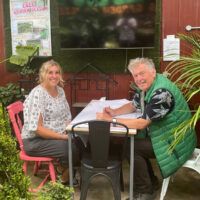
Feeling inspired to create your own garden, but want some expert advice? Try our one-on-one garden design service with Chris. Together you’ll come up with a selection of plants along with a layout plan that gives you the look you want, as well as being suitable for your local soil and conditions.
get your own tailored modern garden design:
Articles you may also like
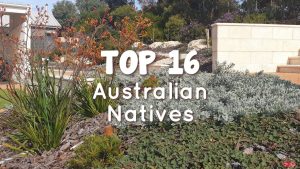
Top 16 Australian Natives
We live in Australia, it only makes sense that we should be planting Australian native plants. But for most people, they think Native Garden, and
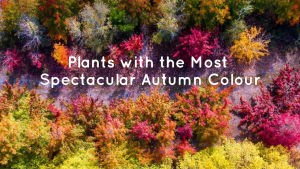
Plants with the Most Spectacular Autumn Colours
Normally when people talk about autumn colour, they mention the Fraxinus ‘Claret Ash’ Tree or Liriodendron ‘Tulip Tree’. They do have incredible autumn colours, only
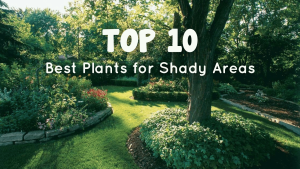
Top 10 Best Plants for Shady Areas
There has never been more shade in Melbourne as there is now. Townhouses, units, and apartments are on the rise. Backyards are getting smaller. Sunlight



